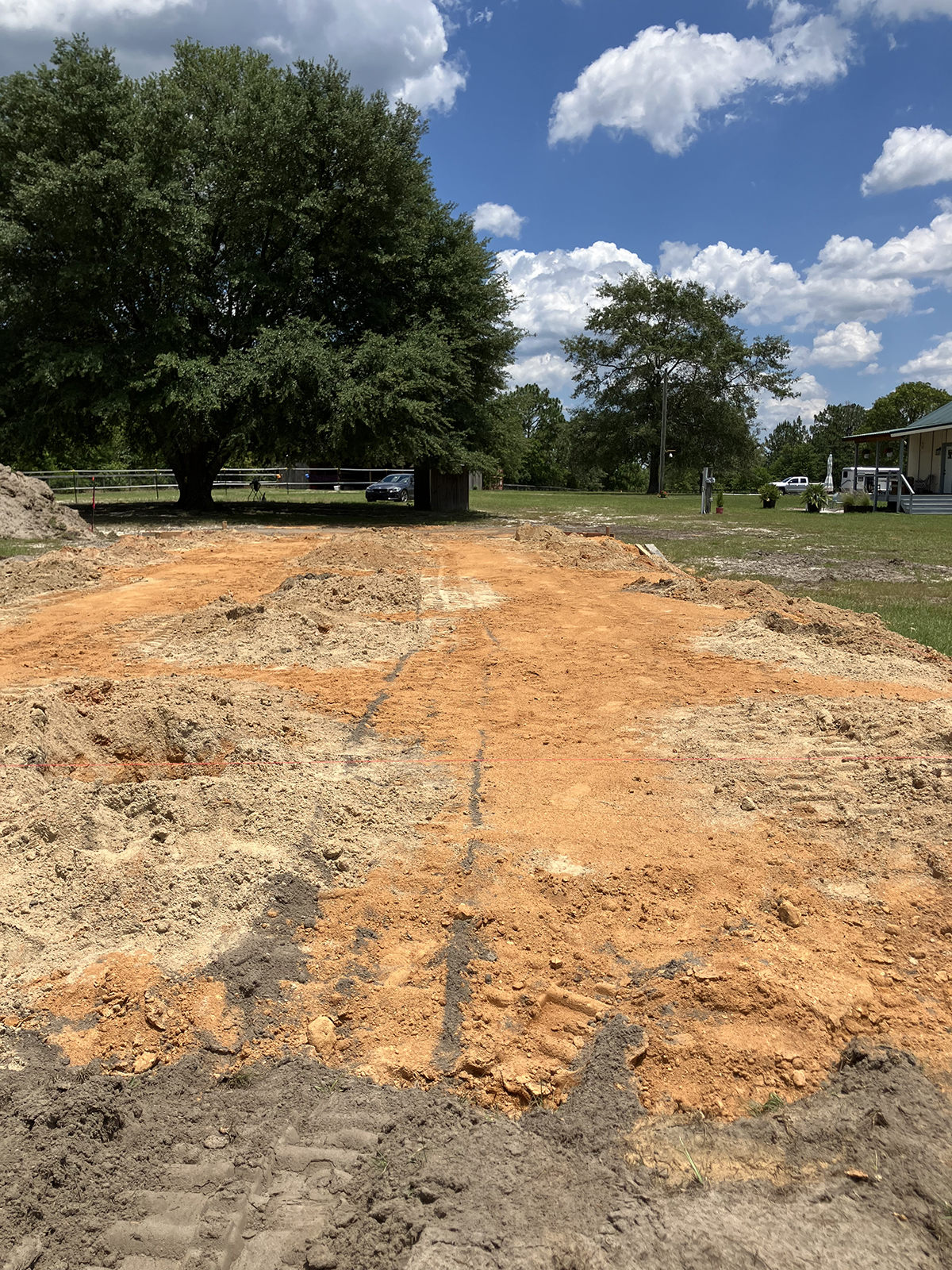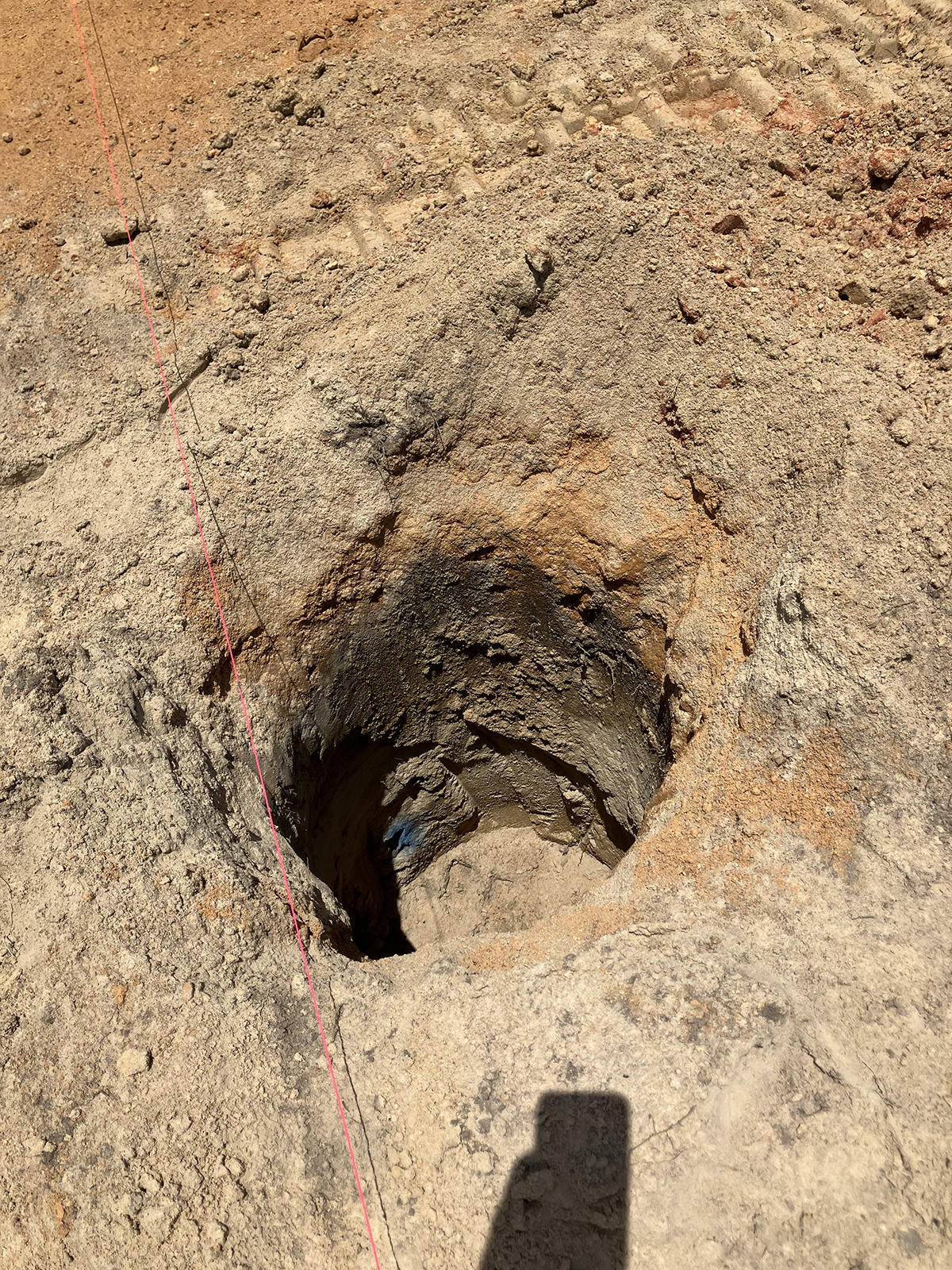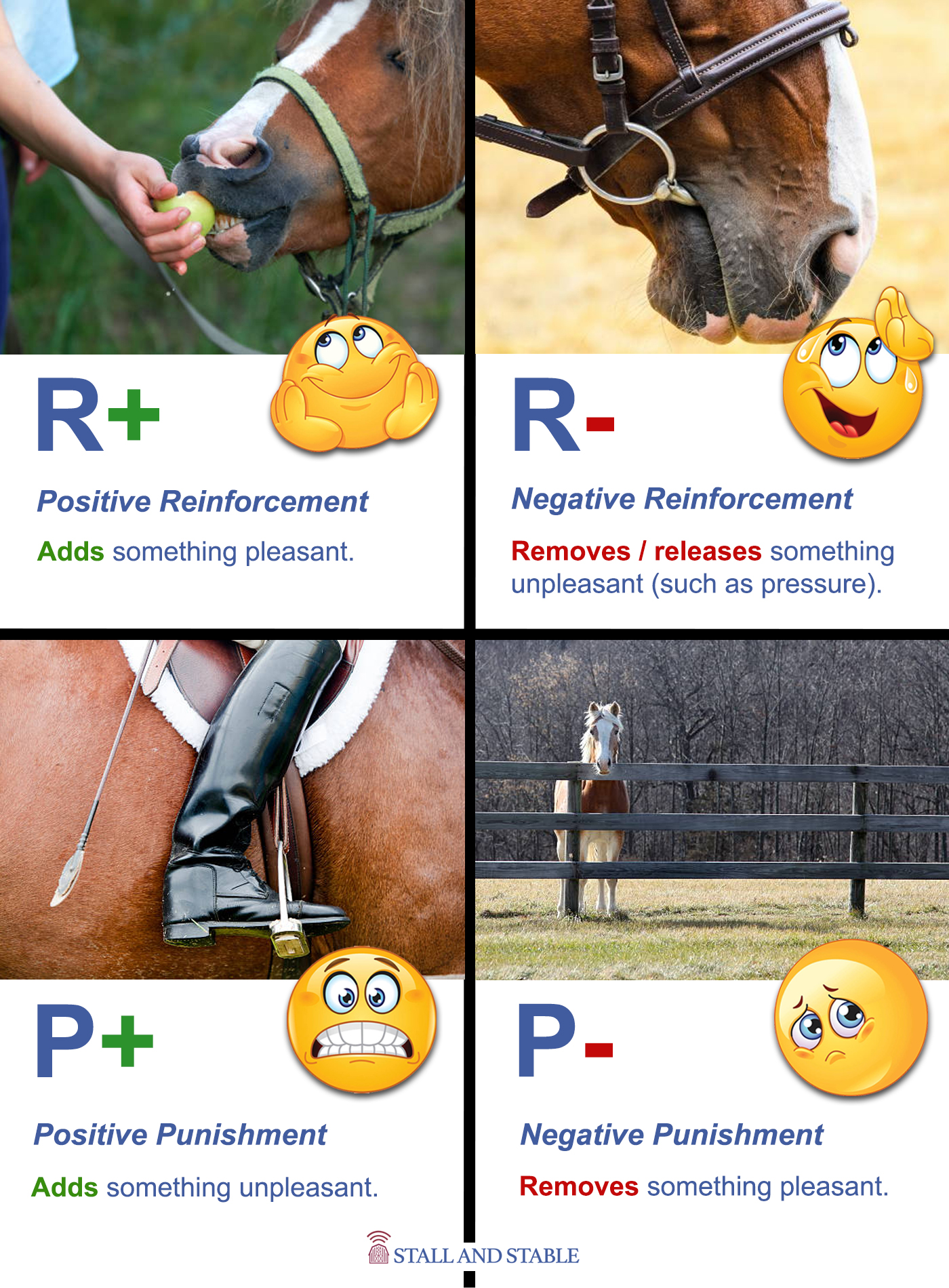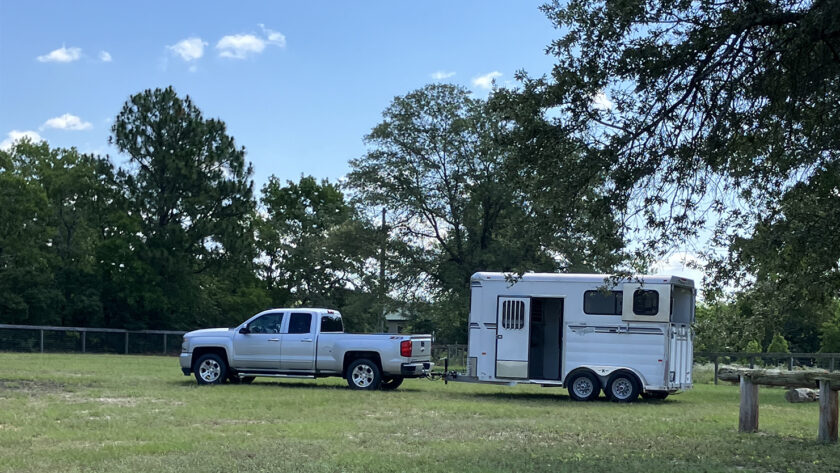… require flexibility and understanding.
I had plans to drive Siouxsie to a nearby farm for a meet & greet-style outing. The objective is to introduce her to a new space without asking anything of her beyond traveling and managing her emotions at the new place. Basically, load –> travel–> unload–> nibble some grass–> reload–> go home. All good.
Siouxsie loaded like the sugar plum that she is, and gave us no trouble while in the trailer. Yes, she called out once or twice and passed a nervous pile of manure, but overall, she was fine.
Clarabelle, on the other hand, now gets very agitated when Siouxsie leaves. Actually, Clarabelle gets very excited when any trailer comes or goes from our property. This is something for which I will need to come up with a specific training plan.
When you have a small herd, attachments are strong. Even though all three of my horses can comfortably and confidently leave their herd behind individually, being the horse that is left behind is far more challenging. This meant that today’s exercise with Siouxsie evolved into something different than originally planned. Big surprise. /s
On a different day, I may have let Clarabelle cry it out, so to speak, but the foundation of our new barn was just started, and there are about 12 four-foot deep holes on the other side of the pasture fence. I couldn’t take the risk of a highly motivated mare getting out and ending up in a hole. Just the thought of it makes me throw up in my mouth a little.


So…
An Alternative
Instead of heading over to my instructor’s farm, I drove Siouxsie a few times around our property, then unloaded in an area where she doesn’t spend a whole lot of time. This accomplished a few things:
1) It gave her a low-stress experience loading and traveling, creating a fairly positive association with the trailer. Every positive experience counts, even for seasoned travelers.
2) The very short trip in the trailer helped build trust between us. She trusts me and walks into the trailer, and I maintain my trustworthiness by keeping her safe and under her emotional threshold.
3) It gives Clarabelle the chance to experience Siouxsie leaving the herd, the trailer leaving the property, and then both returning in short order and with no chaos.
In this training exercise, I used both R+ and R- to create motivation with the former and relaxation with the latter. Siouxsie, who despite loading and unloading in a mannerly way, will always be an anxious horse.
Knowing what motivates and comforts a horse is the most important part of shaping their behaviors (otherwise known as training). In animal behavior science, food is known as a Primary Reinforcer; the food reward reinforces the behavior that immediately comes before it. In prey animals like horses, the other primary reinforcer is safety.
Since we can’t put safety in a bucket and use it to reinforce our horse’s effort to chill out, we have to look for other ways to create a strong sense of safety, one that is more powerful than a horse’s innate fear. This is where the concept of Leadership comes in, and this is where I believe that considerate use of negative reinforcement can be very helpful.
In Siouxsie’s case, I would even go so far as to say that the pressure / release (aka negative reinforcement or R-) is not enough to establish my Leadership under stressful circumstances. Sioux needs pressure / relief, meaning, I must use pressure that is strong enough to match her inherent anxiety, so when I offer her relief from it, the anxiety bubble that she is hard-wired to develop, will pop. And because I control the release, the pop is not explosive. In that moment, Siouxsie can fully exhale and become present in the moment with me, not with whatever threat she anticipated in the new environment.
Using a Different Quadrant for Leadership
As a user, trainer, and disciple of R+ for teaching horses most things, I also accept that there are times when one of the other three types of operant conditioning may be in order. The key to getting it right (and with the horse’s welfare as the priority), is knowing what your horse needs in general, and what your horse needs in a specific moment of training.
Since Siouxsie hasn’t traveled lately, I used R+ with a food reward to make loading a pleasant experience for her. But once we unloaded in an unfamiliar space, Sioux’s anxiety surpassed her desire for food, which made R+ ineffective in that moment.
I have a small horseman’s stick with an even smaller flag on the end that I sometimes use for very conscientious R- work. In this situation, I used the flag to clearly but kindly have her back up, yield to the left, yield to the right, maintain a safe space between us, and then offered her release from the work and the pressure of the flag. This took no more than 2 minutes total–if that. When I gave her relief from the pressure, she let out a big sigh, dropped her head, and made soft, inquisitive eye contact with me. From that point forward Siouxsie was relaxed and cooperative with even the most subtle of cues.

So, while you may think that I am an R+ zealot, you are not totally wrong. I am firm in the belief (and the scientific proof) that R+ is the most effective teaching tool for horses. Period. But, I also believe that there are times when one of the other training quadrants are more effective than R+. Knowing which method to use and when is where experience and understanding intersect.
Despite the last-minute change in plans, I am happy with the progress we made today and for maintaining my trustworthiness as a horse keeper.
For more information about how you can better understand your horse’s needs, feel free to reach out to me here.

